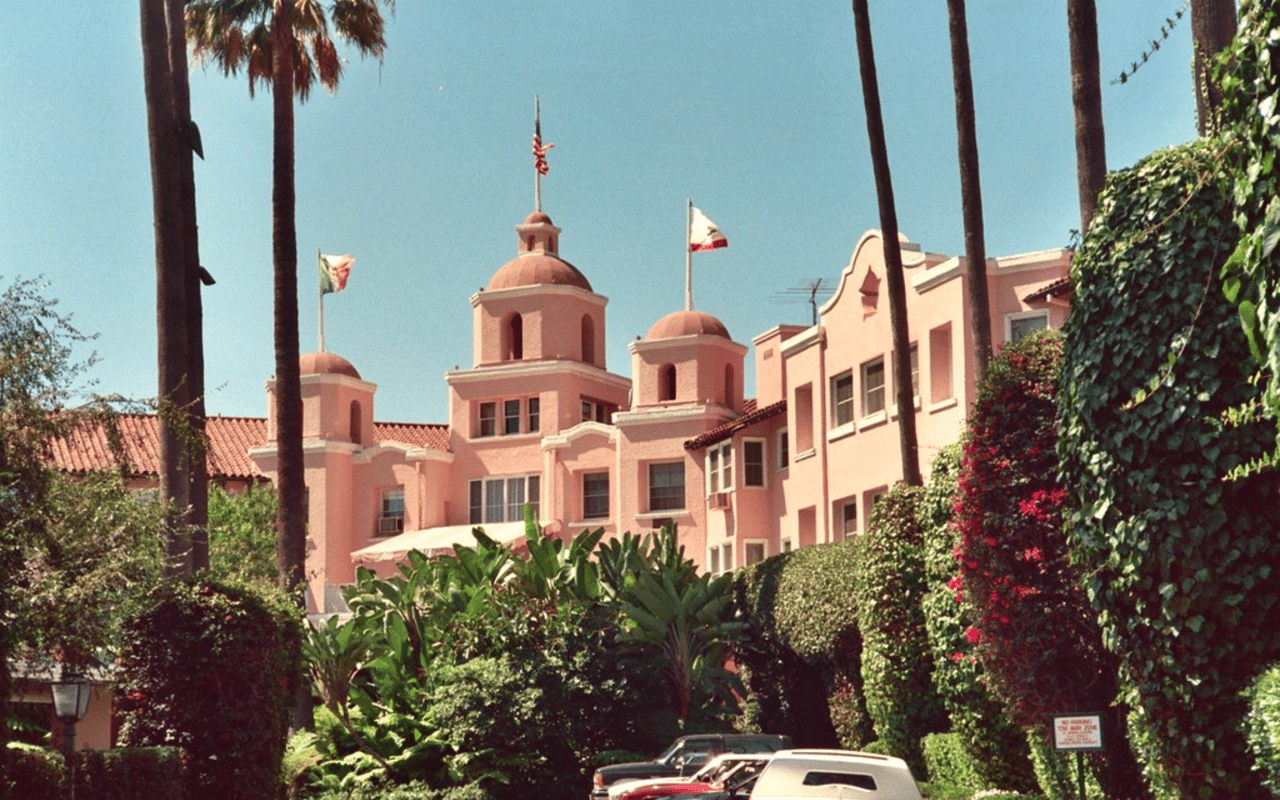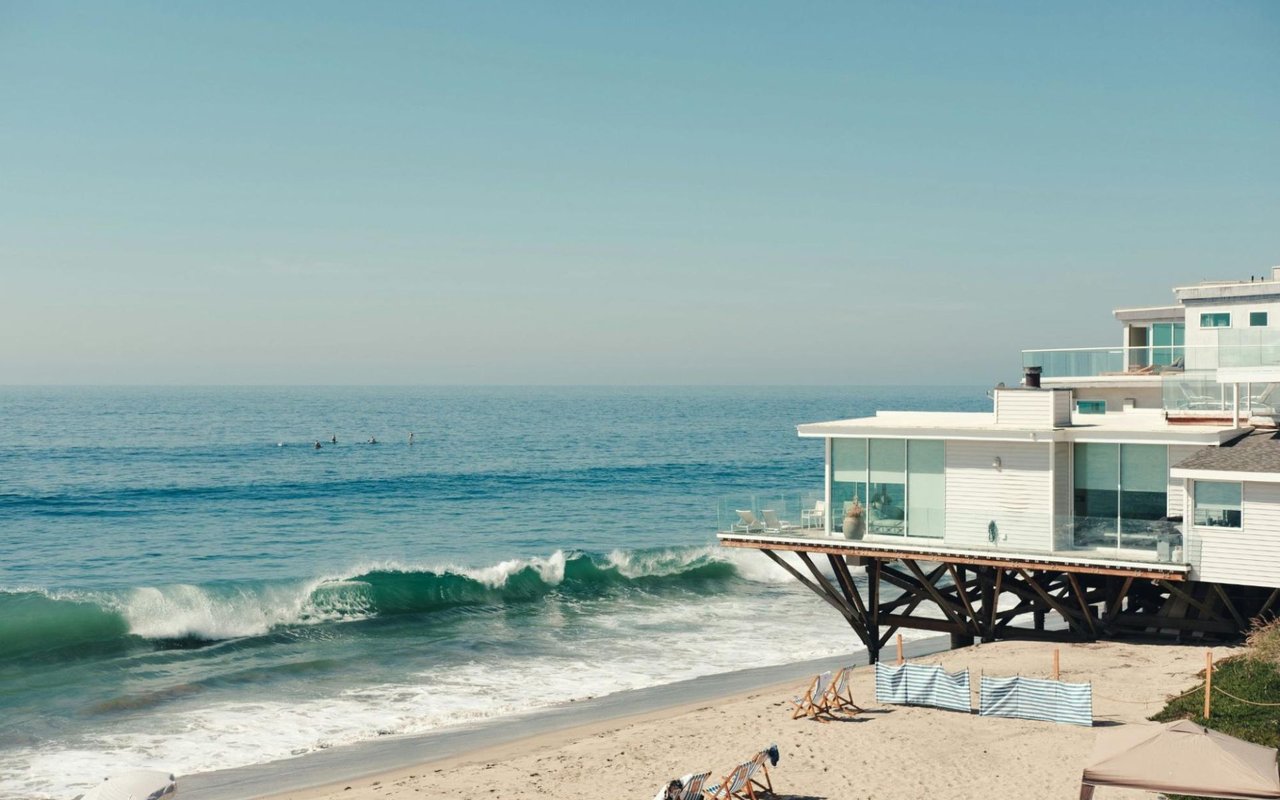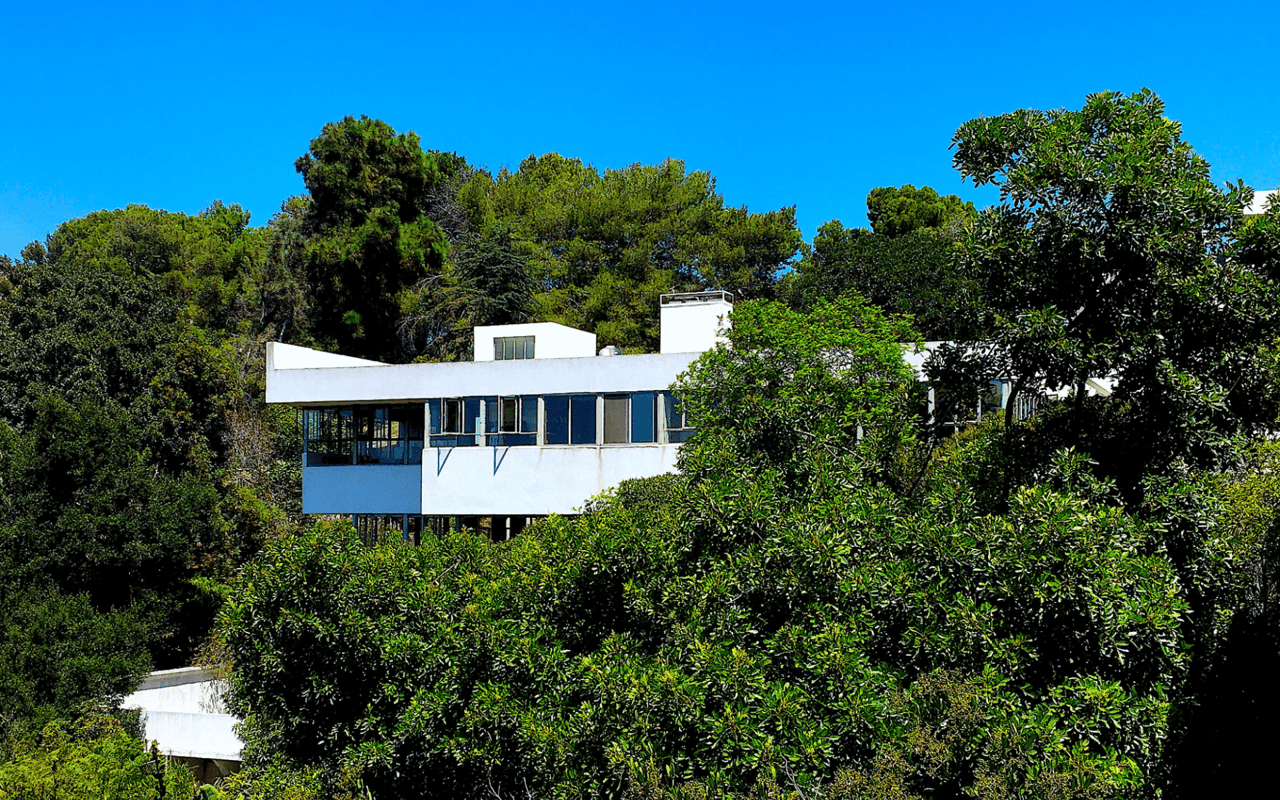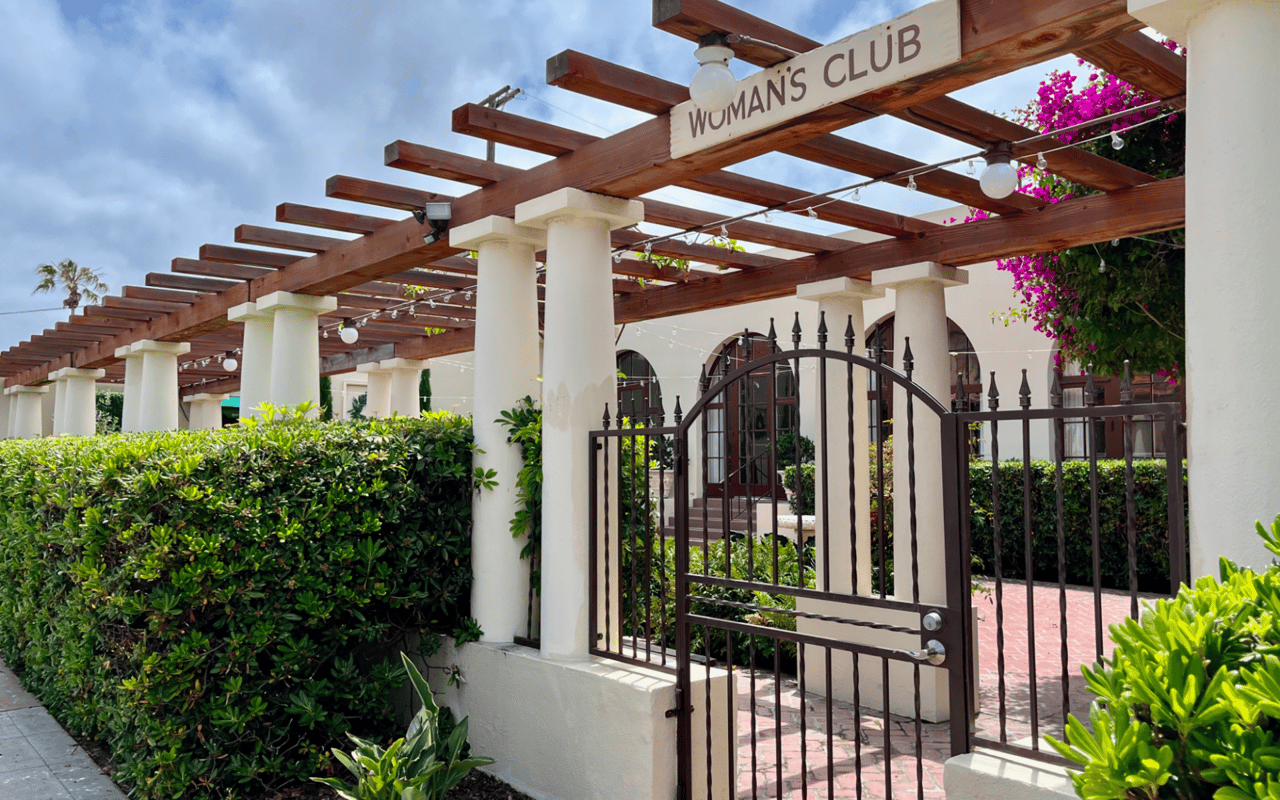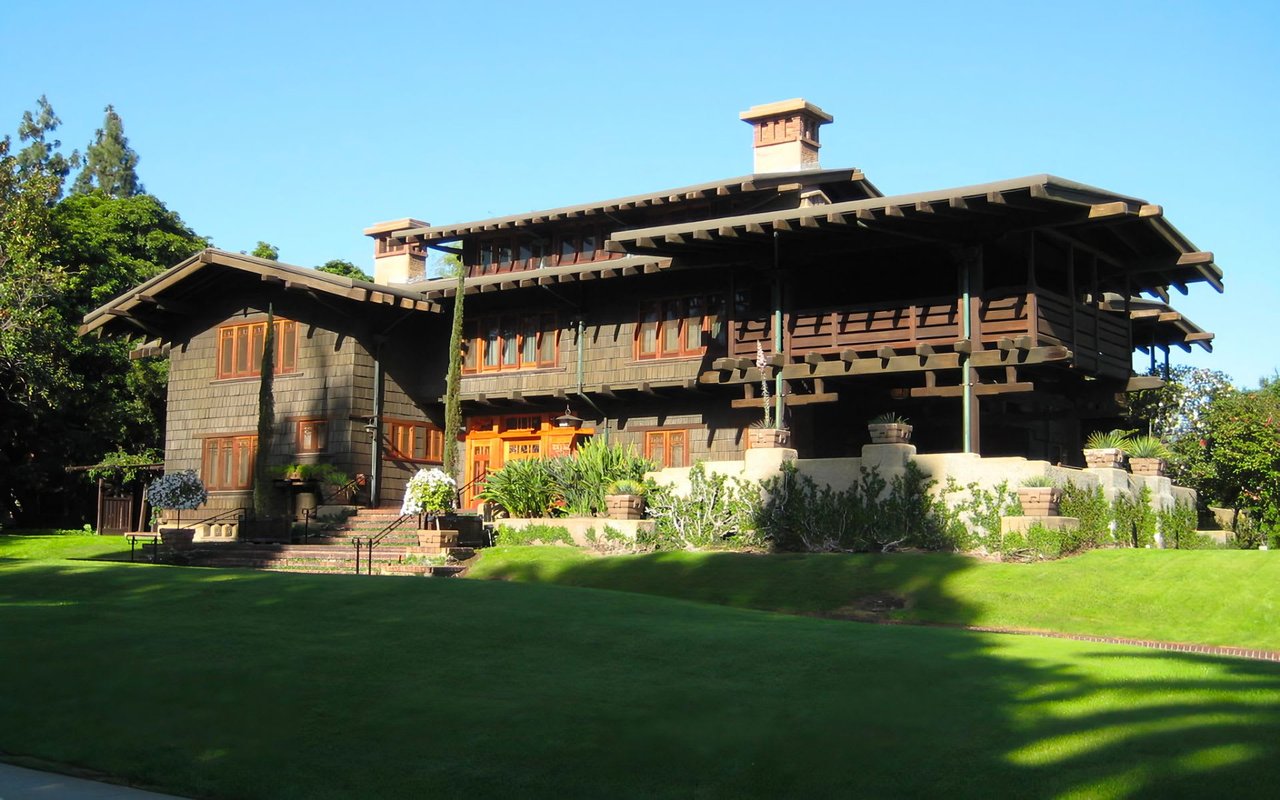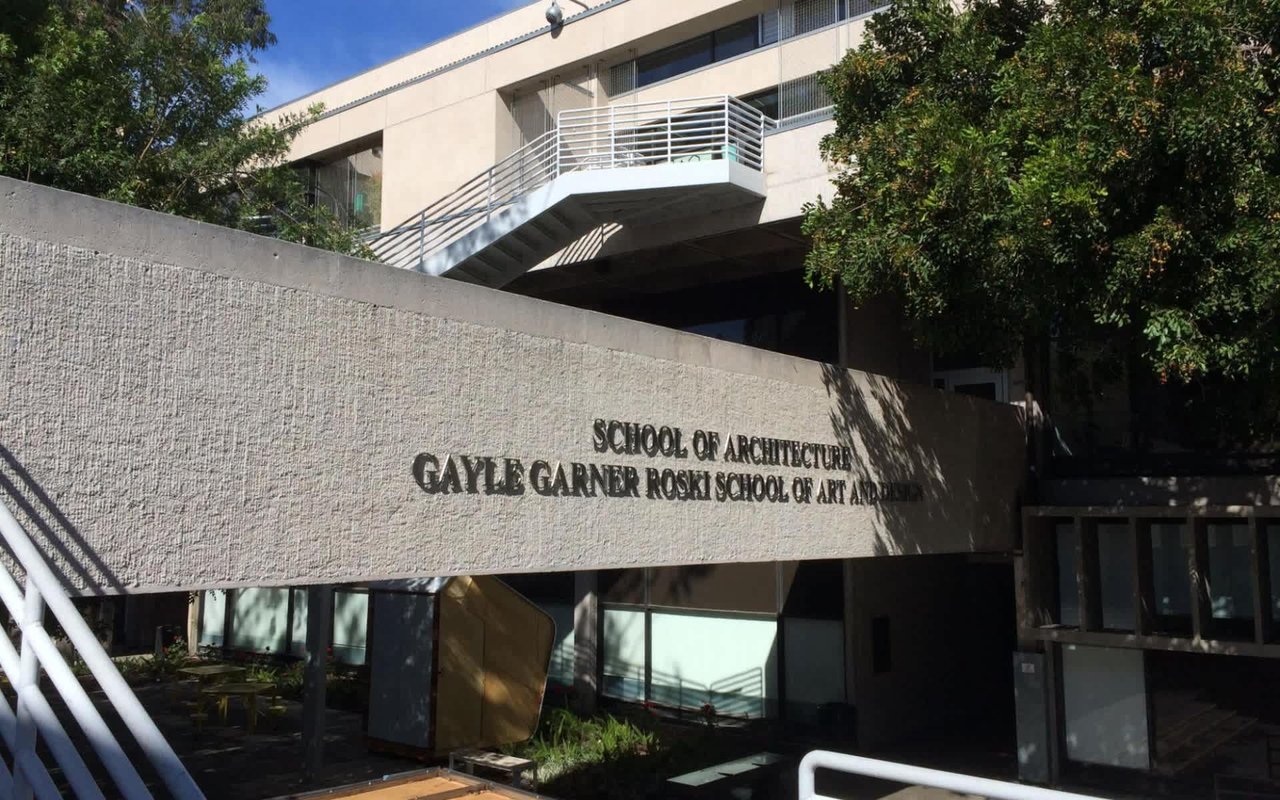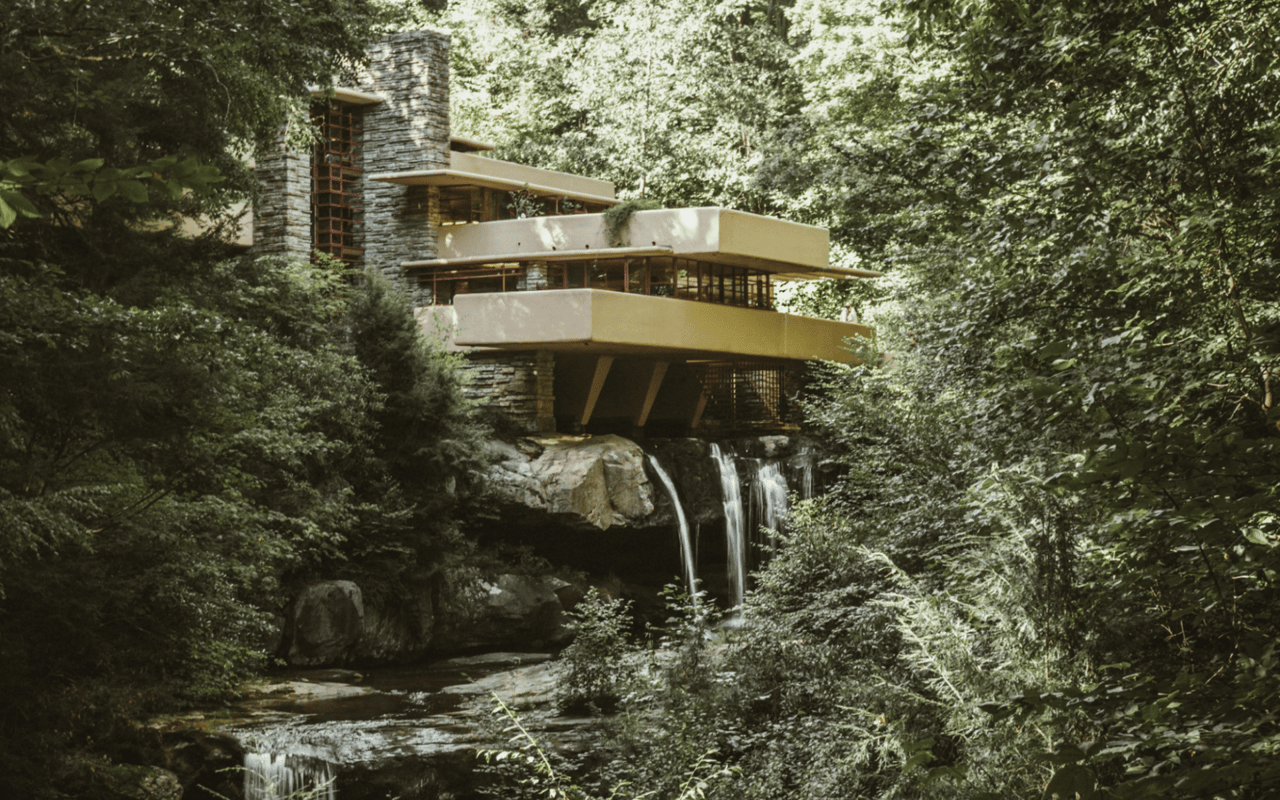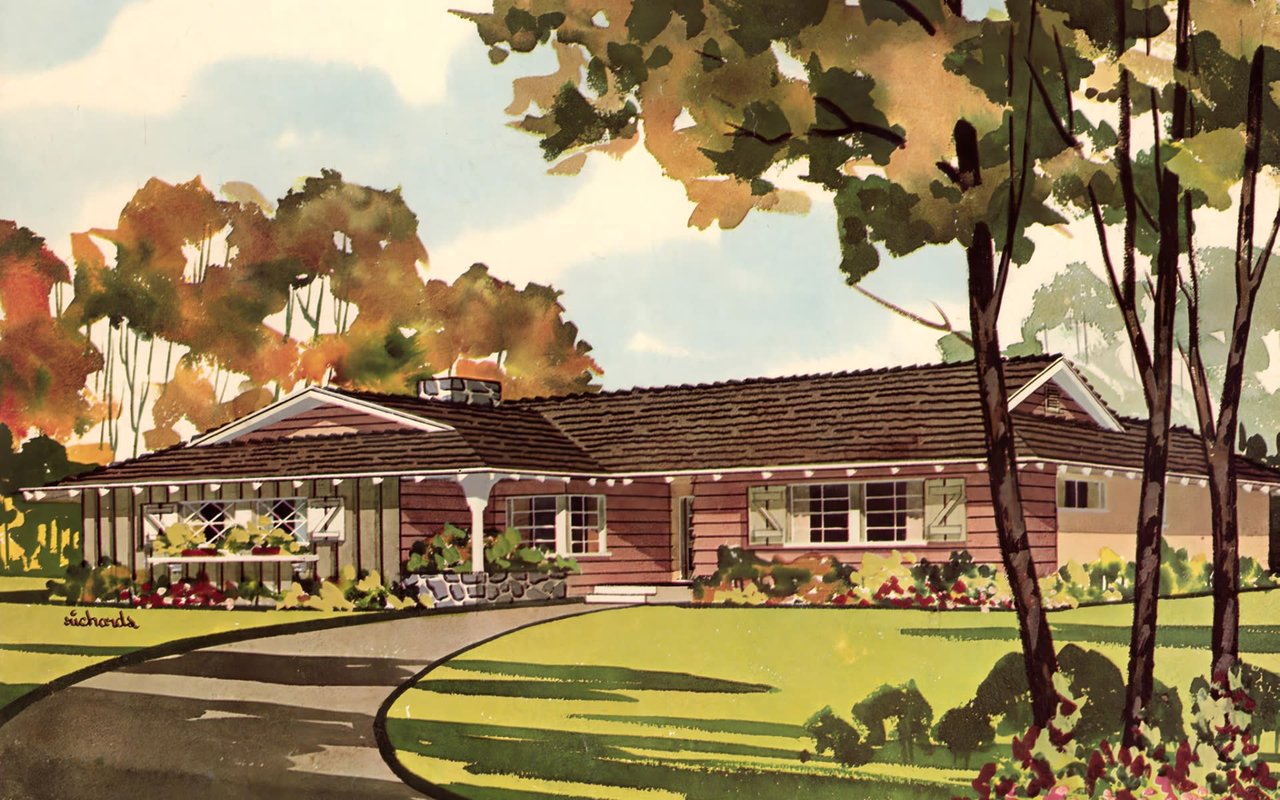Paul Revere Williams, a name synonymous with grace, resilience, and architectural brilliance, is one of the most celebrated figures in 20th-century American architecture. Often called the “architect to the stars,” Williams’ brilliance helped shape nearly half a century of Southern California architecture, crafting stunning homes for Hollywood’s elite and iconic public buildings that remain central to Los Angeles’s visual identity.
But his journey was anything but easy. As an African American architect working in a deeply segregated society, Williams had to overcome racial prejudices with determination and a remarkable talent for design, becoming one of the first Black architects to gain national and international recognition.
Early Life and Education
Born in Los Angeles in 1894, Paul R. Williams faced adversity from a young age, losing both parents by the time he was four and growing up in foster care. Despite the challenges, Williams displayed an extraordinary aptitude for drawing and design. His teachers recognized his potential and encouraged him to pursue a career in architecture—a bold, almost unheard-of aspiration for a young Black man in the early 20th century. Williams embraced the challenge, determined to succeed in an industry where few African Americans held professional roles.
He studied architectural engineering at the University of Southern California (USC), becoming an adept draftsman and perfecting a meticulous design style that would define his work. After graduating, he worked with esteemed architects, including Reginald Johnson and John C. Austin, which would lay the groundwork for his own practice and prolific career.
Breaking Barriers in the Architecture World
In 1923, Williams became the first certified Black architect west of the Mississippi. Two years later, he was admitted to the prestigious American Institute of Architects (AIA), marking another milestone as the organization’s first Black member. Despite his professional achievements, Williams faced racial discrimination. Many white clients would leave his office upon meeting him, uncomfortable with the idea of working with a Black architect.
Aware of these biases, and as further testament to his determination to succeed and incredible design talent, Williams developed a unique skill: he learned to sketch upside down, allowing clients to sit across from him rather than beside him. This technique allowed him to capture clients’ ideas in real-time, winning them over with his skill and vision.
And the timing could not have been better. The 1920s in Los Angeles was a time of glamorous expansion. The Hollywood sign was erected in 1924, symbolizing the allure of the city’s burgeoning entertainment industry. Williams quickly became the architect of choice for Hollywood’s elite, working with stars like Frank Sinatra, Lucille Ball, Barbara Stanwyck, Danny Thomas, and Tyrone Power. As his reputation grew, he became known not only as a master draftsman but as the best revival-style architect in Los Angeles, crafting some of the most authentic and elegant classical European-style homes for the city’s most affluent residents.
Signature Style: Blending Elegance and Adaptability
Williams’ architectural style was adaptable and timeless, allowing him to design homes that reflected his clients’ tastes while maintaining a signature elegance. While he had adept mastery over multiple styles, including Modernist and Colonial Revival, he is particularly known for his contributions to the Hollywood Regency (characterized by dramatic entrances, symmetrical facades, and a blend of modern and classic elements) and Spanish and American Colonial styles (with elements including stucco walls, terracotta roofs, arched windows, and lush courtyards) which are staples of Southern California’s luxury residential architecture.
Williams also embraced Modernism later in his career, designing homes with clean lines, large glass walls, and open floor plans. His ability to work across styles demonstrated a remarkable versatility, making him one of the most sought-after architects in Los Angeles.
Notable Works: Landmark Buildings and Iconic Residences
Paul R. Williams designed over 3,000 buildings throughout his career, including more than 2,000 private residences. His works range from luxurious estates for Hollywood stars to public and commercial buildings that have become iconic symbols of Los Angeles.
The Beverly Hills Hotel Renovation
Williams played a pivotal role in the 1940s renovation of the Beverly Hills Hotel, adding touches that cemented its image as the “Pink Palace.” His redesign introduced the now-famous pink-and-green color scheme, luxurious furnishings, and an updated entry that radiated Hollywood glamor. His own cursive handwriting was even used to create the iconic “Beverly Hills Hotel” signage, a testament to his influence on the hotel’s brand.
Saks Fifth Avenue, Beverly Hills
Williams designed the original Saks Fifth Avenue store in Beverly Hills, a sophisticated commercial space that elevated the shopping experience. Known for its clean lines and upscale elegance, the building’s design reflected Williams’ skill in creating luxurious yet approachable spaces, making it a quintessential landmark on Wilshire Boulevard.
Theme Building, LAX
A departure from his residential work, the futuristic Theme Building at Los Angeles International Airport (LAX) showcases Williams’ versatility. Designed in collaboration with William Pereira, Charles Luckman, and Welton Becket, this Space Age-inspired structure remains one of LAX’s most recognizable symbols. With its bold, sweeping arches and modernist lines, the building captures the optimism and ambition of the era.
First AME Church, Los Angeles
Williams also dedicated himself to projects that served the African American community, including the First African Methodist Episcopal (AME) Church in Los Angeles. The church, an important cultural and spiritual center, reflects his commitment to giving back to his community through architecture. His work on the church provided an inspiring and dignified space for worship and community gathering.
Residential Work
While Williams’ work with Golden Era Hollywood elite garnered the majority of his accolades, he left a deep imprint on Southern California with a portfolio of residences created for business magnates and wealthy homeowners, as well as affordable homes and a handful of public housing commissions. This unsung “everyday” work was no less spectacular than Williams’ high-profile ventures. Two such examples are found in the Pacific Palisades’ Castellammare neighborhood:
- 17720 Porto Marina Way: One of the most prominent homes along the PCH, directly overlooking Castle Rock Beach and the Pacific Ocean, the stunning 1926 Spanish Villa is among Willams earliest commissions, incorporating Mediterranean influences with a California coastal vibe. Showcasing an early command of architectural detail, the home exemplifies Williams’ ability to design luxurious residences that feel timeless and harmonious with their surroundings.
- 17925 Tramonto Drive: Built a year later, in 1927, this Tuscan-inspired Farmhouse showcases Williams’ quickly maturing architectural skills. Set against a grove of pine trees—with the Getty Villa directly on the other side—the home embraces its natural setting aesthetics with oak floors, wood-beam ceilings, exquisite ironwork, and refined architectural detailing.
Legacy and Honors
Paul R. Williams left a legacy as one of the most influential architects of the 20th century, celebrated not only for his architectural achievements but also for the social barriers he overcame. His work is recognized as a blend of innovation, elegance, and cultural significance, and he helped shape the architectural character of Southern California. In 2017, the AIA posthumously awarded him the AIA Gold Medal, making him the first African American to receive the organization’s highest honor.
Ready to Explore More of Los Angeles' Architectural Heritage?
Paul R. Williams’ buildings, from Hollywood mansions to public landmarks, continue to inspire architects and admirers alike. His success in a segregated society and his skill in creating spaces that reflect beauty, resilience, and a sense of belonging make his legacy unique and enduring. As Los Angeles continues to evolve, Williams’ contributions are a reminder of the impact architecture can have on communities, culture, and individual lives. His journey as an architect who achieved greatness against all odds is a testament to talent, perseverance, and the transformative power of design.
Bill & Daniel Moss have represented architecturally significant homes for 40 years, including works by Craig Ellwood, Ed Niles, David Gray, Doug Burdge, and many other influential Architects. Bill and Daniel understand that these properties are a piece of art more than just a home, and those details are evident in every aspect of the residence. Bill and Daniel’s admiration and understanding of the nuances each of these architects used to create their independent identity allows them to showcase architecturally significant properties to the standard they deserve. If you would like to discuss finding a specific property or are fortunate to own one yourself, we would love to work with you.
